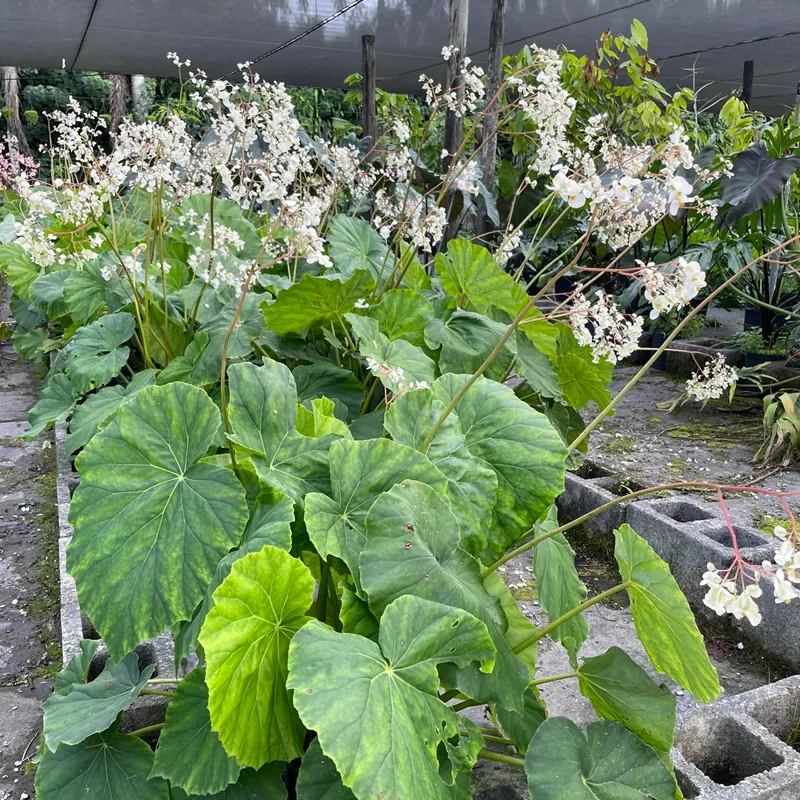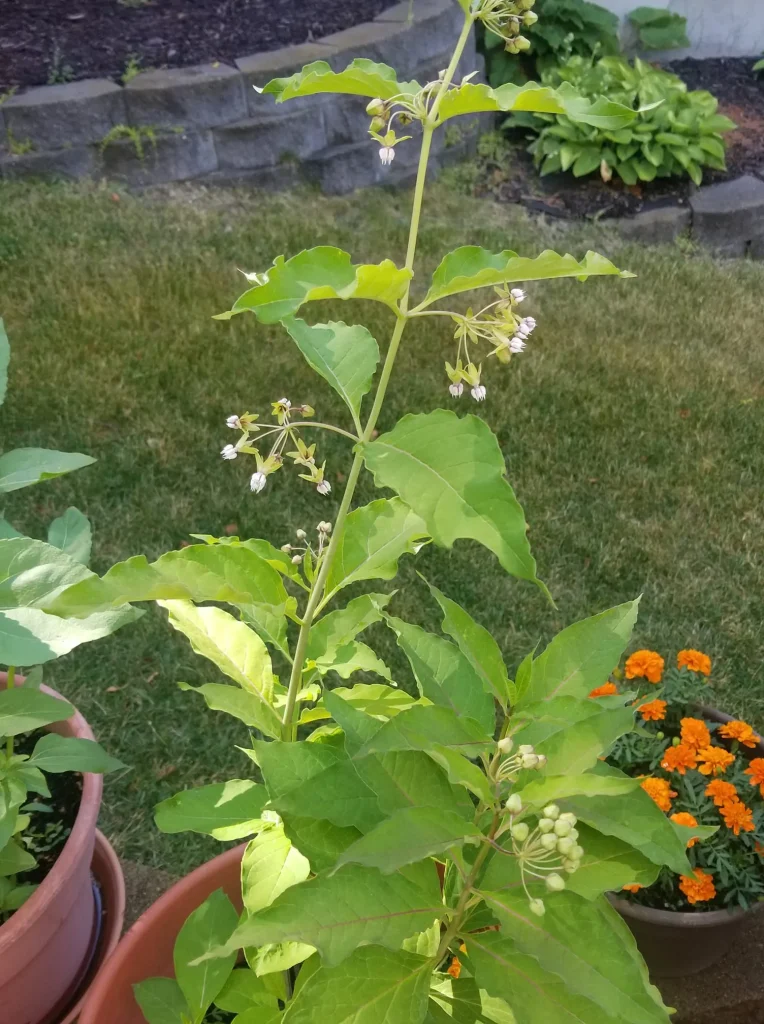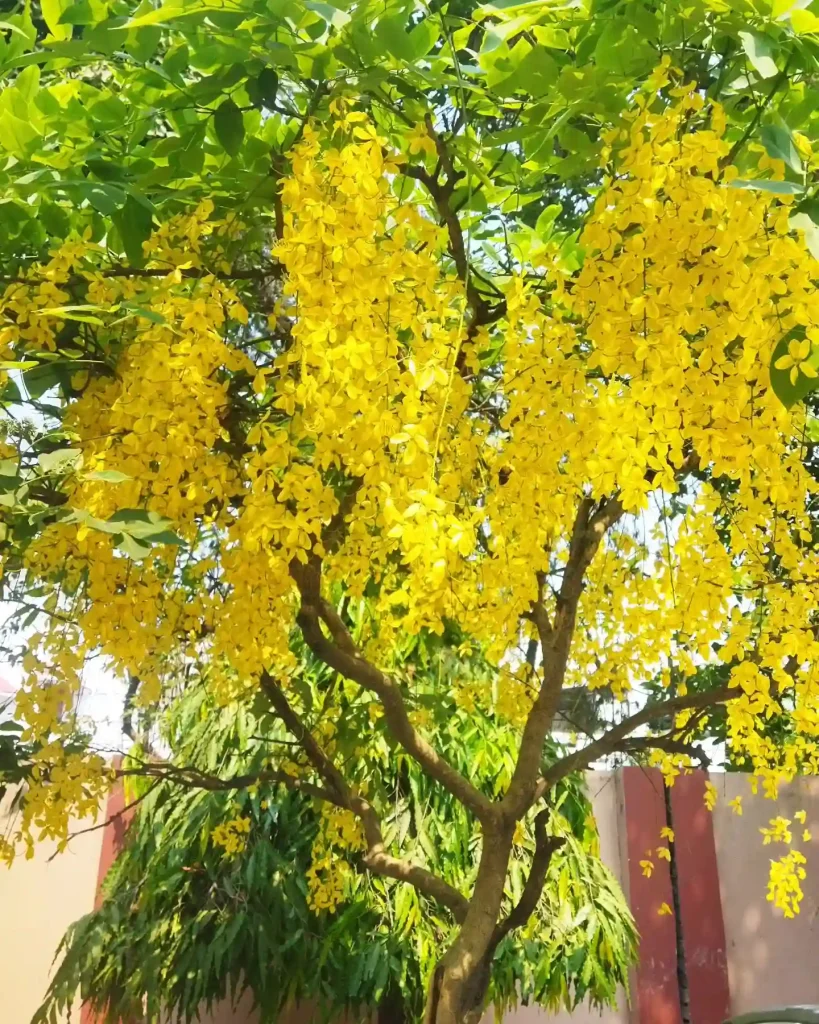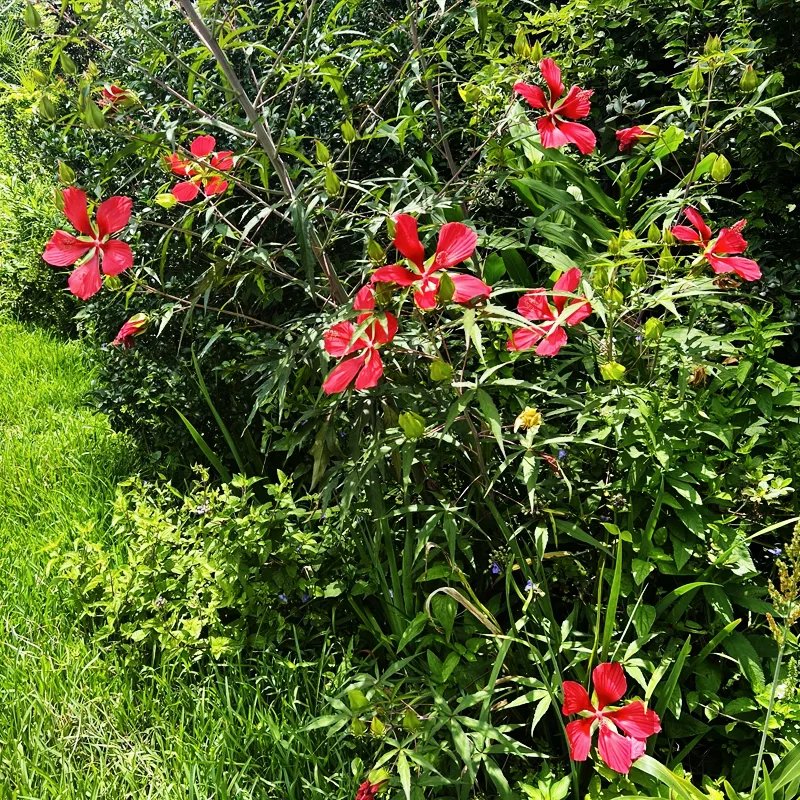
1050 Species in Genus Salvia
What is Salvia Officinalis?
Salvia officinalis, commonly known as common sage, is a perennial herb native to the Mediterranean region. It’s part of the mint family and is widely cultivated for its culinary and medicinal uses. Known for its aromatic leaves, sage is often used to enhance the flavor of various dishes and has a rich history of medicinal use, particularly for digestive and anti-inflammatory benefits.
Can you smoke Salvia Officinalis?
No, smoking Salvia officinalis is not recommended. While sage has been historically used in incense and for ceremonial purposes, smoking the leaves is not safe and does not provide any psychoactive effects. It can cause irritation to the respiratory system and other potential health risks.
Is Salvia Officinalis psychoactive?
No, Salvia officinalis is not psychoactive. Unlike its relative Salvia divinorum, which has hallucinogenic properties due to its active compound salvinorin A, common sage does not produce any mind-altering effects when consumed. It is primarily used for culinary and medicinal purposes.
Salvia Officinalis vs Salvia Divinorum?
Salvia officinalis and Salvia divinorum are two distinct species of the Salvia genus. While both are herbs, Salvia divinorum is known for its powerful psychoactive properties, producing hallucinations and altered states of consciousness. This is due to the compound salvinorin A, which is absent in Salvia officinalis. Common sage (Salvia officinalis), on the other hand, is primarily used for cooking and herbal medicine and does not have psychoactive effects.
How to care for Salvia Officinalis?
Salvia officinalis prefers well-drained soil and plenty of sunlight. It thrives in a Mediterranean climate with hot, dry summers and mild winters. Water it sparingly, as sage is drought-tolerant and does not like to be overwatered. Prune the plant regularly to encourage new growth and remove any dead or woody stems.
How to propagate Salvia Officinalis?
Salvia officinalis can be propagated through cuttings or seeds. To propagate from cuttings, take a 4-inch cutting from a healthy plant and remove the lower leaves. Place the cutting in a well-draining soil mix and keep it moist until roots develop. For seed propagation, sow seeds in spring, covering them lightly with soil, and keep the area warm and moist until germination occurs.
What to plant with Salvia Officinalis?
Salvia officinalis pairs well with other Mediterranean herbs like rosemary, thyme, oregano, and lavender. These plants share similar water and sunlight needs, making them great companions for sage. Additionally, planting sage near vegetables such as tomatoes and carrots can enhance their flavor and potentially deter pests.
Can you grow Salvia Officinalis indoors?
Yes, Salvia officinalis can be grown indoors, provided it gets enough light. It needs at least 6 hours of direct sunlight a day, so placing it near a south or west-facing window is ideal. Ensure that the plant has well-draining soil and avoid overwatering, as indoor environments can often be more humid than outdoors.
Is Salvia Officinalis toxic?
Salvia officinalis is not toxic when used appropriately. It is safe for culinary use and has been traditionally used in herbal remedies. However, like many herbs, it should be used in moderation. Large quantities, especially in concentrated forms like essential oils, can lead to adverse effects. Always consult with a healthcare provider before using sage medicinally.
What are the benefits of Salvia Officinalis?
Salvia officinalis has a variety of benefits. It is commonly used to support digestion, soothe sore throats, and act as an anti-inflammatory. Additionally, it is believed to have antimicrobial properties and may help with cognitive function and memory. The plant is also known for its ability to help regulate blood sugar levels.
What are the common problems with Salvia Officinalis?
Common problems with Salvia officinalis include overwatering, which can lead to root rot, and poor soil drainage. Sage can also be susceptible to pests like aphids and spider mites. Yellowing leaves are often a sign of overwatering or poor soil drainage. Regular pruning can help prevent leggy growth and encourage the plant to stay compact and healthy.
Can Salvia Officinalis be used in cooking?
Yes, Salvia officinalis is widely used in cooking. Its leaves have a strong, earthy flavor, making them a popular addition to dishes like roasted meats, pasta sauces, and stuffing. It pairs well with other herbs and spices, especially those used in Mediterranean cuisine.
How does Salvia Officinalis compare to other similar herbs?
Salvia officinalis is often compared to thyme and rosemary due to its aromatic qualities. While these herbs all have similar uses in cooking, sage tends to have a stronger, more earthy flavor. Rosemary and thyme, on the other hand, are more pungent and have a piney aroma. Sage’s leaves are also larger and softer than those of rosemary or thyme.
If i die, water my plants!



